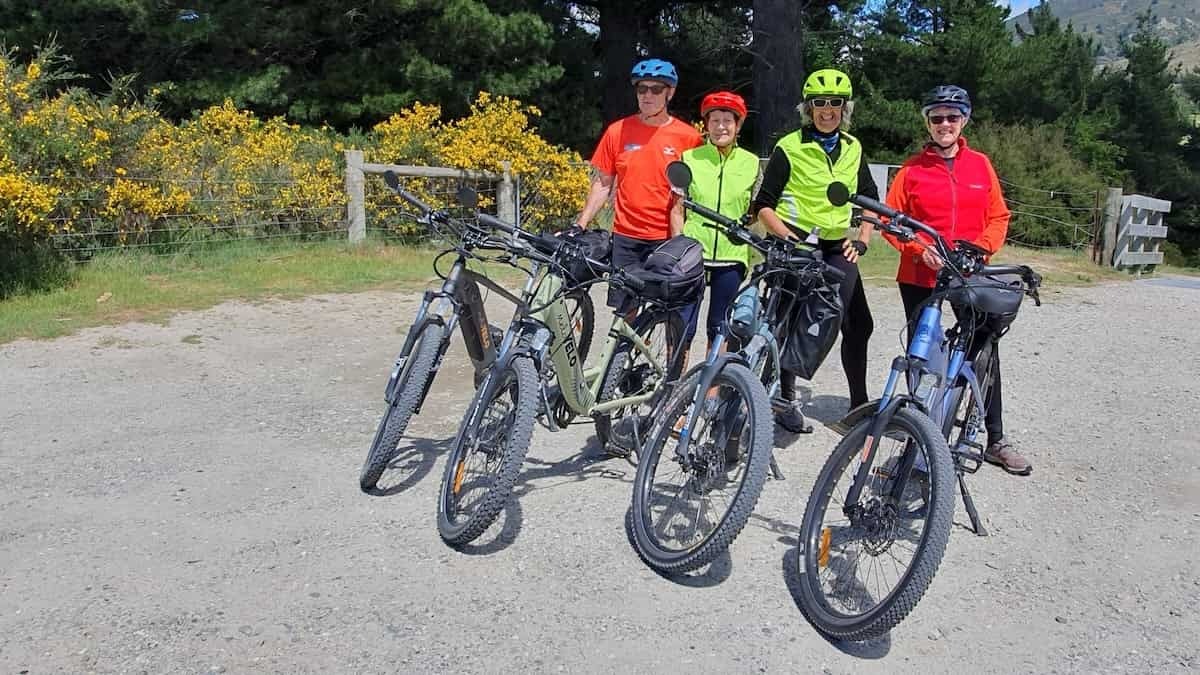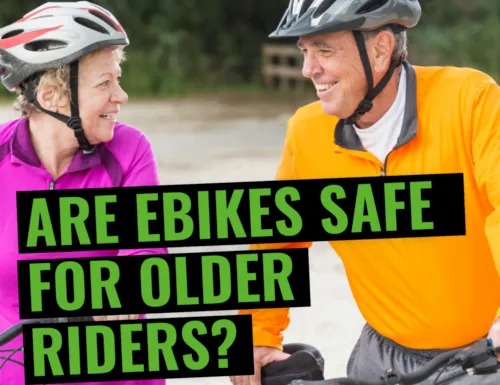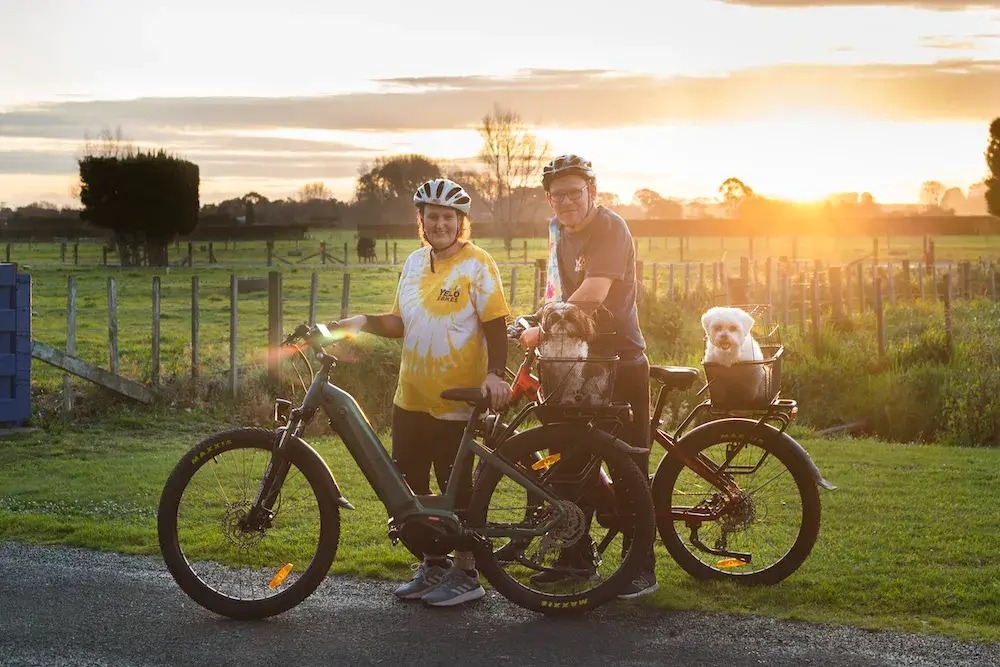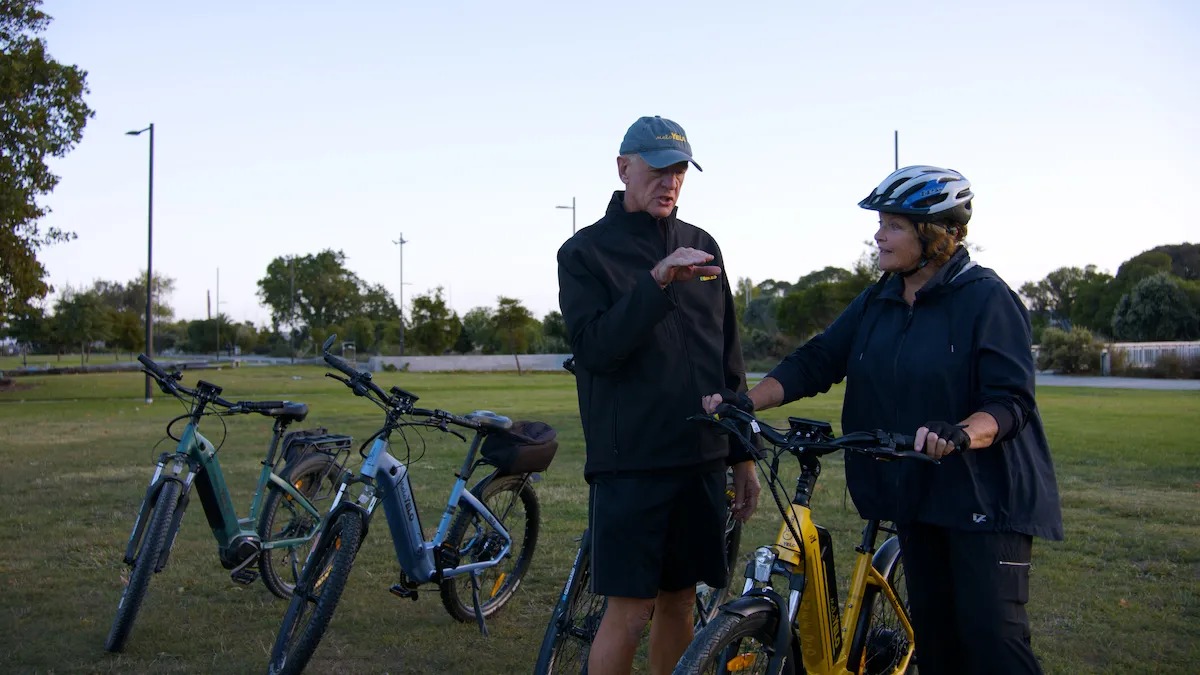A Guide to Choosing Your First Electric Bike in New Zealand

Strong 8k brings an ultra-HD IPTV experience to your living room and your pocket.
Electric bikes (e-bikes) are redefining personal transportation in New Zealand. From Auckland’s urban hills to Queenstown’s scenic trails, more Kiwis are turning to e-bikes for commuting, leisure, and eco-friendly travel. But with a rapidly growing market and dozens of models to choose from, selecting your first e-bike can be overwhelming.
This premium guide will walk you through everything you need to know before making a confident and well-informed purchase decision.
Why E-Bikes Are Booming in New Zealand
Sustainable commuting: With increasing environmental awareness, Kiwis are choosing e-bikes to reduce their carbon footprints.
Cost-efficient travel: Save on fuel, parking, and public transport.
Government support: Some regions offer subsidies and incentives to encourage e-bike use.
Fitness meets convenience: E-bikes provide low-impact exercise with the added boost of pedal assist.
Whether you’re in Christchurch navigating flat roads or tackling Wellington’s slopes, an e-bike could be your perfect companion.
Understand the Key Types of E-Bikes
Before you dive into models, understand the three major categories:
1. Commuter E-Bikes
Ideal for daily city rides, lightweight, upright position, and equipped with racks or mudguards.
2. Mountain E-Bikes (eMTBs)
Designed for off-road trails with powerful motors, suspension systems, and rugged tires.
3. Folding E-Bikes
Perfect for apartment dwellers, travelers, and urban commuters with limited storage space.
Each type is suited to a different lifestyle, choose based on where and how often you'll ride.
Essential Features to Look For
When comparing e-bikes, pay attention to these key specs:
Battery Life and Range
- New Zealand's terrain varies, so ensure a battery that covers at least 50–100km per charge.
- Look for lithium-ion batteries from trusted brands (Bosch, Shimano, Samsung).
Motor Type
- Mid-drive motors offer better torque and balance (ideal for hills).
- Hub-drive motors are simpler and cheaper but less effective on steep inclines.
Pedal Assist vs Throttle
- Pedal assist is legal and common in NZ, offering speeds up to 32 km/h.
- Throttle-only e-bikes may face usage restrictions on public roads or cycleways.
Frame Design and Weight
- Aluminum frames are lighter and rust-resistant, great for urban users.
- For trail riders, consider added suspension and sturdier frames.
Gears and Brakes
- For hilly terrains, multiple gear options and hydraulic disc brakes are crucial.
- Flat-area riders may prefer a single-speed or belt-drive setup for low maintenance.
Weather & Terrain Considerations in NZ
- Rain-resistant features: Look for IP-rated electronics and sealed batteries for wet conditions.
- All-terrain tires: Essential for gravel, coastal paths, and backcountry roads.
- Built-in lights and reflective elements are highly recommended for year-round visibility.
Budgeting for Your First E-Bike
E-bikes range from NZD 2,000 to NZD 8,000+, depending on features and quality. Here's a quick breakdown:
Tip: Always factor in accessories like helmets, locks, panniers, and insurance.
Where to Buy E-Bikes in New Zealand
While we don’t endorse specific retailers, here’s where you can begin:
Local Bike Shops – Test ride, get expert advice, and after-sales support.
Online Retailers – Often cheaper with a wider variety.
Second-hand Marketplaces – Trade Me and local groups, but always check battery health and warranty.
Legal Requirements and NZ E-Bike Regulations
- No registration or license needed for pedal-assist e-bikes up to 300W and 32 km/h.
- Helmets are mandatory.
- Lights and reflectors must be fitted for night riding.
Avoid throttle-only or high-speed e-bikes if you plan to use public paths and roads, as these may not comply with NZ transport rules.
Test Before You Invest
Before buying:
- Take multiple test rides.
- Compare battery performance on similar terrains.
- Evaluate seating comfort and bike geometry.
- Check for warranty and after-sales service; this matters long-term.
Final Checklist: Choosing Your First E-Bike
✔️ What type of riding will I do most, commuting, leisure, or adventure?
✔️ Is the bike legal, safe, and well-supported in New Zealand?
✔️ Does the range match my average ride distance?
✔️ Are the motor, battery, and components from reliable brands?
✔️ Is the retailer offering post-purchase support?
Conclusion
Choosing your first electric bike in New Zealand is more than a purchase. It's an investment in your lifestyle, health, and environment. Whether you're zipping through Auckland traffic or coasting around Lake Wanaka, the right e-bike makes every journey smoother and more sustainable.
Take the time to research, test, and ask questions; your perfect ride is out there.
And once you're rolling? The freedom, fun, and future-forward feeling of e-biking will speak for itself.
Note: IndiBlogHub features both user-submitted and editorial content. We do not verify third-party contributions. Read our Disclaimer and Privacy Policyfor details.







